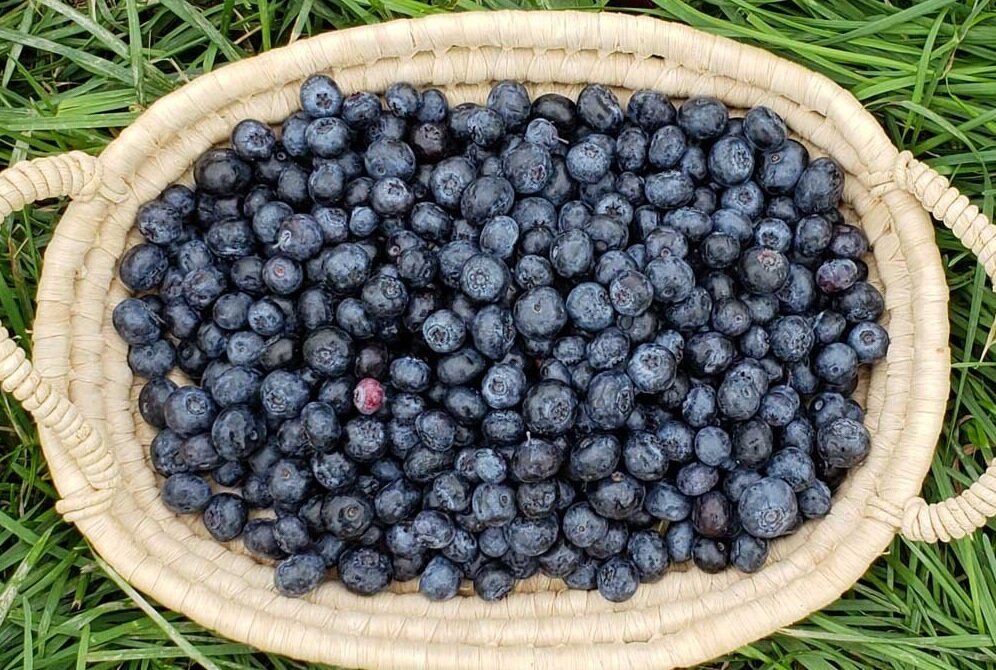September 15, 2021, Kennedy
October 5, STEPHENTOWN
4:00pm-6:00pm
2021 season review of SWD management techniques
Free; register here.
Note: Due to severe weather, the Stephentown workshop was postponed until October 5. Sign up using the link above, then join us at The Berry Patch, 15589 State Rt. 22, Stephentown.
Join researchers, growers, and expert speakers for a two-hour review of Spotted Wing Drosophila (SWD) management techniques. We’ll cover the basics of SWD monitoring of adult and larvae populations and also discuss implementing a pesticide program.
This free program will focus on what has been learned about designing an exclusion netting support system that provides long-term control of SWD and maximum utility for berry farmers.
Exclusion netting is being used on field blueberries where it controls SWD while also excluding birds and moderating impacts of hail and heavy rain. Raspberries and strawberries also benefit from exclusion netting on the sides of high tunnels.
1.5 DEC credits available in categories 1A, 10, and 22.
AGENDA - STEPHENTOWN
4:00 pm | Welcome, Introductions & NYS DEC credit sign-up – Laura McDermott, CCE ENYCHP
4:05 pm | Brief Overview of SWD – Laura McDermott, CCE ENYCHP . Insect monitoring, fruit infestation monitoring, insecticide management and cultural management techniques will be discussed.
4:20 pm | Overview of Exclusion Netting – Dale Ila Riggs, The Berry Patch, and Ted Storozum, TekKnit, Quebec. Brief review of work undertaken and effectiveness of netting in open field and high tunnel systems. Discussion of adaptations made to netting material and the need for structural design.
4:50 pm | Structural Considerations When Installing Exclusion Netting – Chris Callahan, University of Vermont, and Paul Lucas, Gintec, Ontario, CA. The past two seasons has provided lots of new information about designing the support structure for Exclusion Netting. Gintec owner Paul Lucas has played a critical advisory role in this portion of the project and has decades of experience with protected agriculture systems. Cost information for the SWD exclusion netting and structure will be included.
5:20 pm | Exclusion Netting on Fall Raspberries – Dale Ila Riggs, The Berry Patch. Research on using field netting for fall raspberries and incorporating it into a high tunnel system.
5:30 pm | Views from Other Growers – TBD. Growers that have adopted exclusion netting will share their successes and struggles with the netting.
5:45 pm | Hands-On Removal of Netting – Attendees will watch and assist with removal of netting panels to better understand the requirements and ease of using netting. Netting storage and winter care will be discussed.
6:00 pm | Adjourn
AGENDA - KENNEDY
4:00 pm | Welcome and Introductions & NYS DEC credit sign-up – Anya Osatuke, CCE Harvest NY.
4:05 pm | Brief Overview of SWD – Greg Loeb, Cornell University. Insect monitoring, fruit infestation monitoring, insecticide management and cultural management techniques will be discussed
4:20 pm | Overview of Exclusion Netting – Greg Loeb and Stephen Hesler, Cornell University. Brief review of work undertaken and effectiveness of netting in open field and high tunnel systems. Discussion of adaptations made to netting material and the need for structural design.
4:50 pm | Structural Considerations when Installing Exclusion Netting – Stephen Hesler, Cornell University, and John Abers, Abers Acres. The past two seasons has provided lots of new information about designing the support structure for Exclusion Netting, but every farm is unique and Abers Acres owner will discuss how they installed the netting. Cost information about the SWD exclusion netting and structure will be included.
5:20 pm | Exclusion Netting on Fall Raspberries – Greg Loeb, Cornell University. Research on using field netting for fall raspberries and incorporating it into a high tunnel system.
5:30 pm | Views from Other Growers – TBD. Growers that have adopted exclusion netting will share their successes and struggles with the netting.
5:45 pm | Hands-On Removal of Netting – Attendees will watch and assist with removal of netting panels to better understand the requirements and ease of using netting. Netting storage and winter care will be discussed.
6:00 pm | Adjourn




